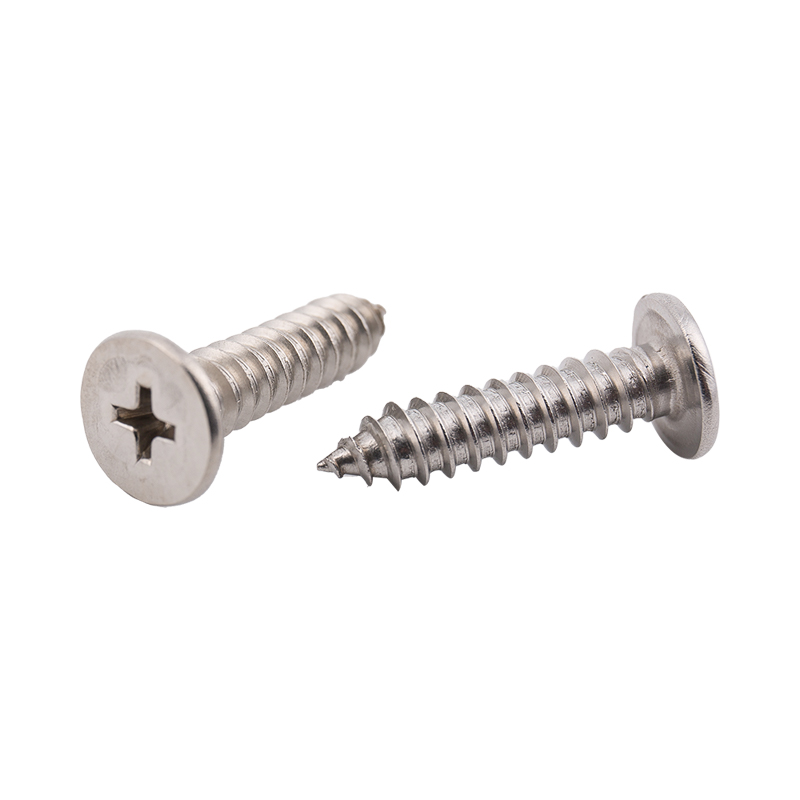-
Kolstål/rostfritt stål DubbAnvändningen av kolstål / rostfritt stål och andra material gjorda av rullande, det kan spela en fast anslutningsfunktion, bultar med dubbla huvud ha...
-
L-formade dubbarAnvändningen av rostfritt stål material rullande tänder böjning gjorda av vanligt begravda i betongfundamentet, för de fasta olika stålkonstruktion...
-
U-formade dubbar i rostfritt stålAnvändningen av rostfritt stål material rullande tänder gjorda av böjning, eftersom formen på U-formad och namngiven, kan de två ändarna av tråden ...
-
Kolstål U-formade bultarAnvändningen av kolstålmaterial rullade tänder som böjs av U-bultar kan vara två eller flera föremål sammankopplade för att bilda en stark övergrip...
-
TrycknitmutterkolonnerAnvändningen av kolstålmaterial tillverkat av kall pir, är ett huvud är cylindriskt, huvudkroppen är också cylindrisk, blinda hål med skruvgängor a...
-
Genom hål trycknitmutterkolumnAnvändningen av kolstålmaterial tillverkat av kall pir, är ett huvud är cylindriskt, huvudkroppen är också cylindrisk, genomgående hål utan tand en...
What fastening techniques are most effective for stainless steel screws?
Branschnyheter-Effective fastening techniques for stainless steel screws involve a combination of proper installation methods, tools, and considerations for the material being fastened. Here are some of the most effective techniques:
Pre-drilling:
For hard materials, pre-drilling pilot holes can prevent splitting and ensure proper alignment. The pilot hole should be slightly smaller than the screw's diameter to allow for a tight fit.
Using the Right Tool:
Utilizing a high-quality screwdriver or drill with the appropriate bit is crucial. For stainless steel screws, using a drill with a slower speed can reduce the risk of overheating, which can lead to galling (friction-induced damage).
Torque Control:
Applying the correct amount of torque is essential. Over-tightening can strip the threads or damage the material, while under-tightening can lead to loosening. Using a torque wrench can help achieve the right tension.
Thread Lubrication:
Applying a lubricant (such as anti-seize compound) to the threads can reduce friction and prevent galling, especially in stainless steel applications where metal-to-metal contact occurs.
Proper Thread Engagement:
Ensuring full thread engagement with the mating material enhances load distribution and holding power. This often involves using screws with a length suitable for the thickness of the materials being joined.

Using Washers:
In applications where load distribution is important, using washers can help spread the load and prevent damage to the surface being fastened. This is particularly useful in softer materials.
Vibration Resistance:
For applications exposed to vibrations, consider using locking mechanisms (like lock washers or nylon insert lock nuts) or thread-locking adhesives to prevent loosening.
Environmental Considerations:
In corrosive environments, using marine-grade stainless steel screws (like 316 grade) can enhance durability. Also, ensuring that dissimilar metals are isolated (using non-metallic washers) can prevent galvanic corrosion.
Correct Installation Technique:
When installing, start the screw slowly to ensure it engages properly. Once the screw is started, increase speed but remain cautious not to overtighten.
Regular Maintenance:
For applications subject to wear and tear, periodically checking and retightening screws can help maintain their integrity and performance.




